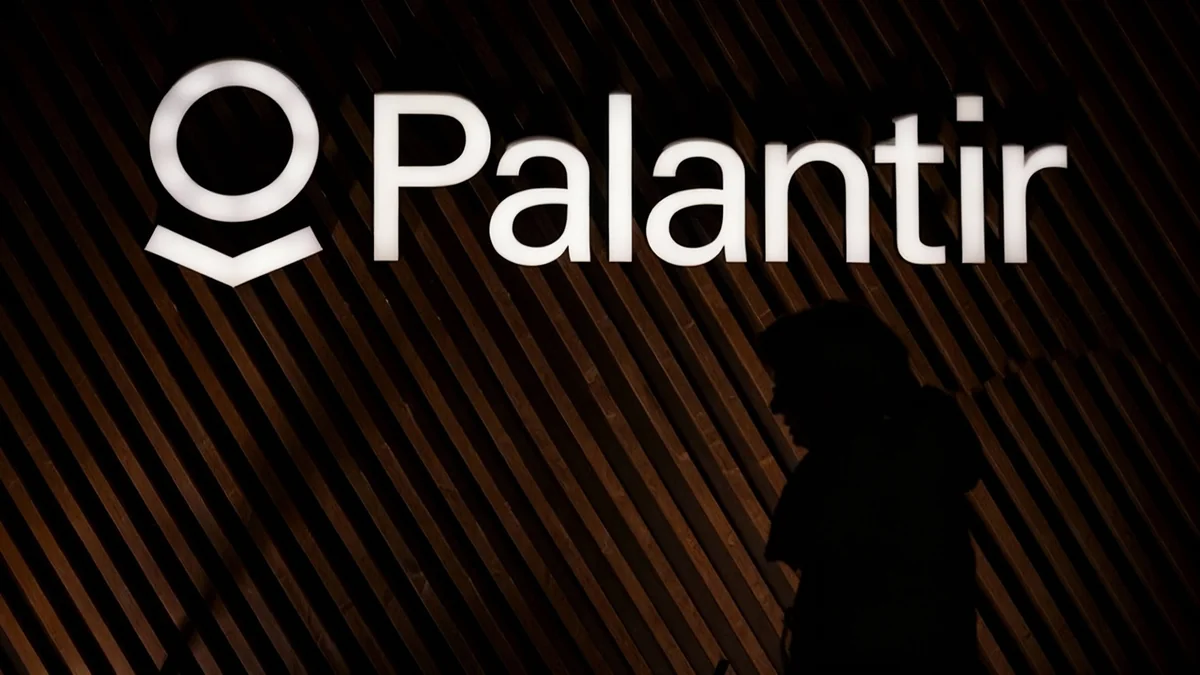Prominent venture capitalist Elad Gil declared that the once unpredictable artificial intelligence market is beginning to mature, with clear leaders emerging in several key sectors. Speaking at the TechCrunch Disrupt 2025 conference, Gil identified foundational models, AI-assisted coding, and customer support as areas where a handful of companies are establishing dominance, while other major fields like fintech and security remain wide open for new innovators.
Gil, an early investor in many of today's leading AI firms, including OpenAI and Mistral, cautioned that the current boom in enterprise AI adoption is creating "false signals" for startups. He explained that while many companies are securing large contracts quickly, it remains to be seen which of these will translate into sustainable, long-term success.
Key Takeaways
- Venture capitalist Elad Gil states the AI market is solidifying, with clear winners in specific sectors.
- Foundational models, AI coding, and medical transcription are areas Gil sees as having established leaders.
- Major markets like financial technology, accounting, and AI security are still considered wide open for competition.
- Gil warns that rapid enterprise adoption can create "false signals" of a startup's long-term viability.
From Unpredictable Haze to Market Clarity
For years, the rapid evolution of artificial intelligence made long-term predictions nearly impossible. Elad Gil, who began investing heavily in generative AI in 2021, described the environment as uniquely uncertain. He was initially drawn to the space after witnessing the significant capability jump between the GPT-2 and GPT-3 language models.
"The step between 2 and 3 was so large that if you just extrapolated out the scaling laws, or the curve, then you could really assume that this was going to be incredibly important," Gil said, explaining his decision to back foundational model makers and application-layer companies early on.
"I used to say at the time that AI was the one market where the more I learn, the less I know... AI was just hazy. There’s just too much uncertainty. And I think there’s still markets like that in AI."
However, Gil noted that this perspective is now shifting. After several years of explosive and often chaotic growth, the landscape in certain areas is becoming much clearer, with dominant players beginning to cement their positions.
The New AI Establishment: Who is Winning?
According to Gil, several AI sectors are no longer the wide-open frontier they once were. He identified a few key areas where market leaders are pulling away from the pack, making it difficult for new entrants to compete effectively.
Foundational Models
The most obvious consolidation is happening at the core of the AI industry: foundational models. While hundreds of models exist, Gil believes a small group will ultimately dominate the market.
"Google, Anthropic, OpenAI, maybe xAI, maybe Meta, maybe Mistral — it’s like a handful," he predicted. This concentration suggests that the immense capital and research required to build state-of-the-art models creates a high barrier to entry.
A Concentrated Field
Elad Gil's list of potential winners in the foundational model space includes a mix of established tech giants and heavily-funded AI-native companies, highlighting the resource-intensive nature of competing at the highest level.
Specialized AI Applications
Beyond the core models, specific application areas are also seeing leaders emerge. Gil pointed to several examples:
- AI-Assisted Coding: Companies like Anysphere with its product Cursor and Cognition's Devin are establishing strong positions, alongside offerings from model makers like OpenAI's Codex.
- Medical Transcription: The field is being cornered by a few key players, with Gil's portfolio company Abridge emerging as a front-runner.
- Customer Support: This sector, an early target for AI automation, now has hard-to-catch leaders. Gil mentioned Decagon, which recently raised $131 million at a $1.5 billion valuation, and Sierra, a startup from OpenAI chairman Bret Taylor.
These examples illustrate a trend where first-movers with effective products are rapidly capturing market share, making it challenging for newcomers.
The Remaining Open Frontiers
Despite consolidation in some areas, Gil emphasized that vast opportunities remain. He listed several high-value markets that are still anyone's game.
Where is the Next AI Gold Rush?
Gil identified several sectors ripe for disruption where a clear AI leader has yet to emerge:
- Financial Tooling (Fintech): Applying AI to financial services and analysis.
- Accounting: Automating and enhancing complex accounting processes.
- AI Security: Developing new methods to secure AI models and systems from novel threats.
"[There are] other markets that we know are by default very interesting. We just don’t know who’s going to do it," Gil stated. This uncertainty signals a major opportunity for entrepreneurs and investors looking for the next wave of AI innovation.
The Danger of 'False Signals'
One of the most significant challenges for investors and founders in the current climate is distinguishing genuine traction from temporary enthusiasm. With a top-down mandate to adopt AI, large corporations are experimenting more than ever.
"The CEOs of every big company are basically telling their teams, hey, we have an edict. We need to figure out our AI strategy," Gil explained. "These giant enterprises are willing to try things that two years ago they never would have tried."
This corporate urgency means AI startups can land impressive customers and generate substantial revenue very quickly. However, Gil warned that this initial success isn't a guaranteed indicator of a sustainable business.
"That doesn’t mean they’re going to stick," he cautioned. The real test comes after this initial trial phase, when investors can see if the revenue is recurring and growing. "There’s false signal, and then there’s stuff that is just working," he concluded.
As an example of a company that is "just working," he highlighted legal AI startup Harvey. The company's rapid valuation growth in 2025—leaping from $3 billion to $8 billion in a matter of months—demonstrates the kind of explosive, durable growth that signals a true market leader in the making.





